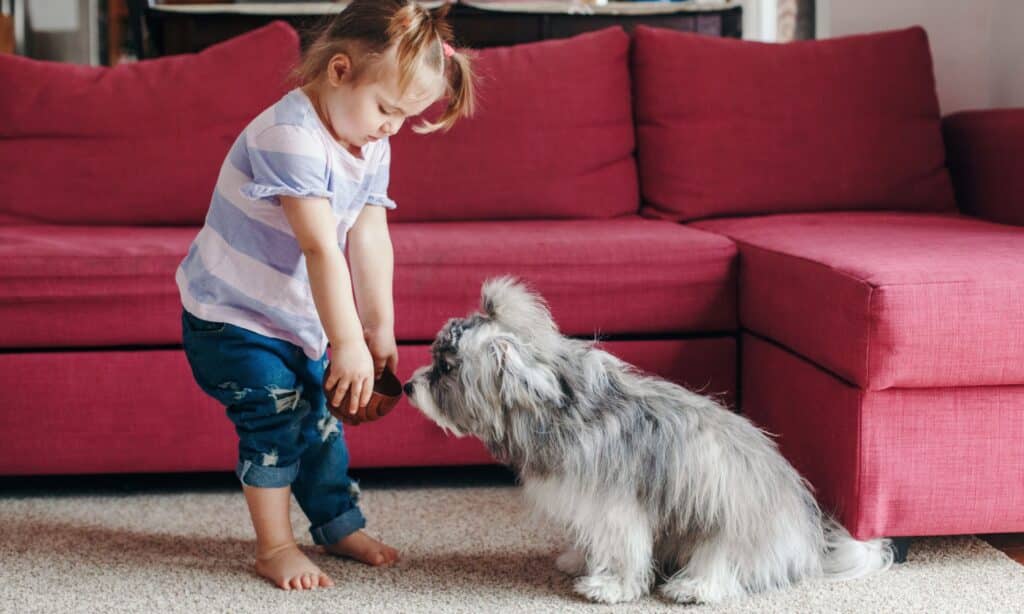“This post contains affiliate links, and I will be compensated if you make a purchase after clicking on my links.”

In a study published on January 15 in the journal Human-Animal Interactions, researchers found that toddlers can extend their empathy to animals.
The new peer-reviewed study, which sought to understand whether children can help dogs willingly, found that toddlers were not only able to understand the dogs’ needs but also were ready and able to fulfill those needs, even when the likelihood of the pups repaying the favor was small.
Even though they had never encountered the animals before, toddlers as young as two years old made an effort to help dogs obtain toys and treats that were placed out of their reach, according to the research.
Dr. Rachna Reddy, an evolutionary anthropologist and first author of the study, who holds posts at both Harvard University and Duke University, stated “It’s really special to see how early this begins. From early in our development we have tendencies to behave prosocially towards other people, to try to understand what’s going on in their minds.”
The team observed how 97 toddlers (51 girls and 46 boys) between the ages of two and three interacted with three friendly dogs named Fiona, Henry, and Seymour in a variety of settings, particularly while assisting a dog in getting a treat or toy.
In 50% of cases, the toddlers offered the dogs a treat or toy after the dogs had tried and failed to get it themselves. In comparison, for objects that the dogs had previously ignored and didn’t try to get, children only offered those items 26% of the time. Additionally, the researchers discovered that if a dog exhibited an interest in the kids, the kids were twice as likely to assist the dog in getting a toy or treat.
These early infancy habits, in Reddy’s perspective, might be quite significant in terms of evolution.
The studies are anticipated to proceed as researchers work to comprehend the emotions behind children’s urge to help canines, how these motivations and cognitive attributions are influenced by culture, and how all of the above change throughout the course of development.





















